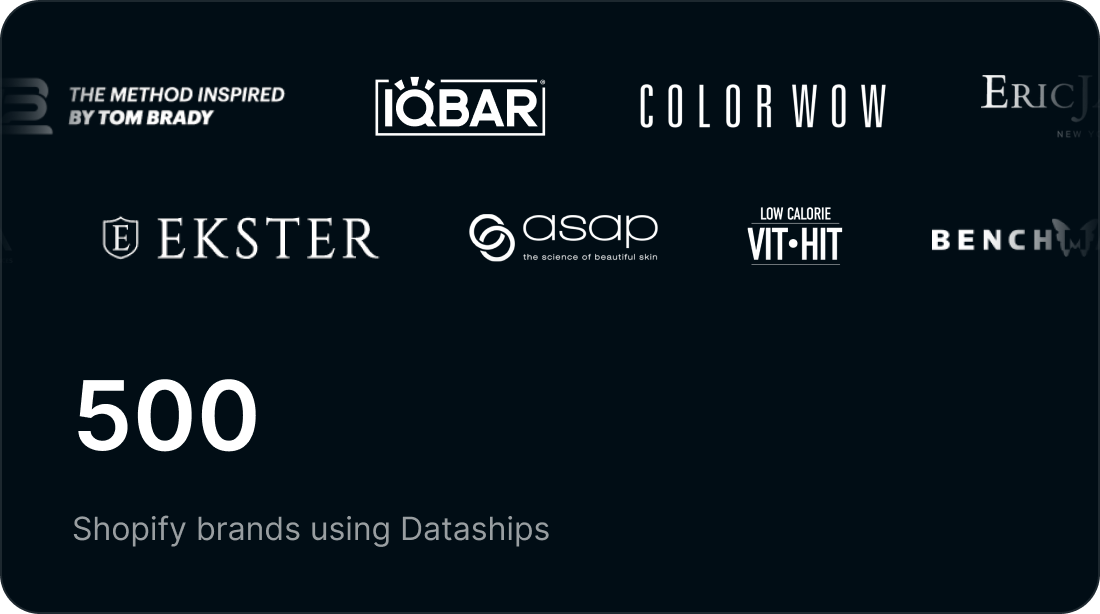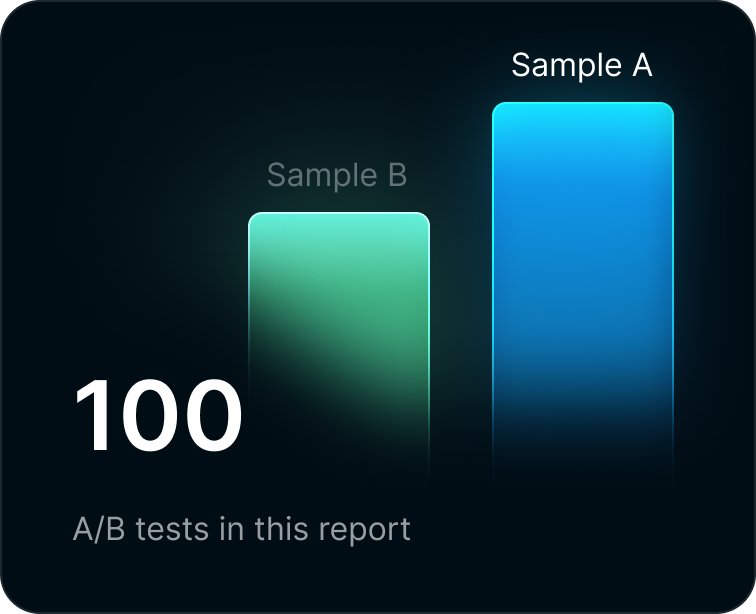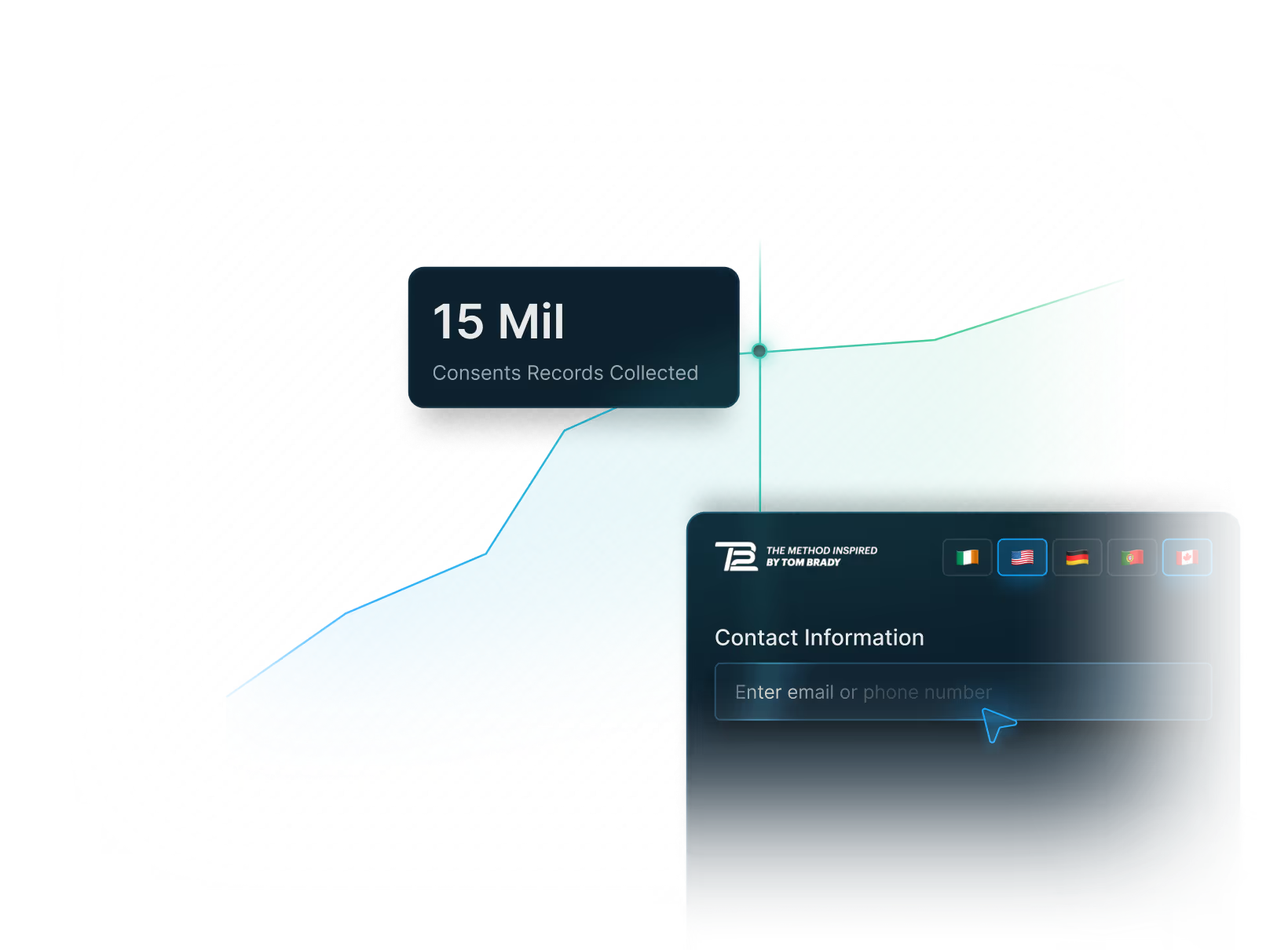Introduction
As an industry, ecommerce is shifting from the spray-and-pray, acquisition-obsessed ethos of the past decade to a model that values efficiency, incrementality, and meaningful customer connections. First-party data has become the holy grail - what separates winners from losers in a world where owning your audience marks the difference between sustained growth and fleeting success.
But most brands are approaching first-party data collection backwards. They see marketing compliance as the enemy of growth: a set of restrictive rules that limit their ability to capture customer information. This misunderstanding is costing brands hundreds of millions in revenue. Not from pricing, shipping, or conversion optimization, but from a far more fundamental oversight: failing to capture marketing consent from paying customers.
After analyzing our first 100 A/B tests representing over 15 million checkout sessions, our data shows that brands who optimize consent collection within compliance constraints see dramatically higher marketing consent rates and revenue than those using generic approaches..
This report compiles that data, revealing how transforming a customer's status from "non-marketable" to "marketable" represents one of the most overlooked levers for increasing customer lifetime value in ecommerce.
Consent-first marketing isn't growth's enemy. It's the infrastructure that makes structured, privacy-first data collection possible. And structured, privacy-first data is what the next era of commerce will be built on.
"The ecommerce industry is at an inflection point. Brands can either view marketing compliance as a constraint on growth or recognize it as infrastructure for it. The brands that understand this shift early will own the next decade of ecommerce. This data proves you can build bigger, more valuable audiences by embracing and working within privacy frameworks instead of avoiding them."


Report Summary







Methodology and Terms
This report uses Dataships data from over 100 A/B tests conducted across diverse Shopify Plus merchants from January 2025 to August 2025. This data consists of checkout consent performance metrics across regions and verticals, collected from over 15 million live checkout sessions.
Definition of terms used in this report
Standard Shopify checkout consent configurations used by merchants before implementing Dataships.
Dataships' dynamic consent optimization tailored to regional consent requirements and tested against control configurations.
Customers who have provided valid consent to receive marketing communications under applicable regional privacy laws.
Customers who have not provided marketing consent or are suppressed due to previous opt-out requests or regulatory restrictions.
Customer Lifetime Value, calculated by multiplying retention rates over time against average order value to determine total customer worth.
Legal permission granted by customers to receive promotional communications via email and/or SMS.
The percentage of checkout completions that result in valid marketing consent, calculated as marketable customers divided by total transactions.
The total number of previously non-marketable customers who became marketable during the measurement period.
The additional customer lifetime value generated from converting non-marketable customers to marketable status through consent optimization.
Checkout consent boxes that are selected by default, requiring customers to actively opt-out rather than opt-in.
Checkout consent boxes that are unselected by default, requiring customers to actively opt-in to marketing communications.
Key Insights
Our analysis finds that regional privacy laws, the way they are interpreted, and the way consent is collected against those interpretations is the primary driver of checkout opt-in performance across global markets. When brands break from the status quo and optimize consent collection within compliance frameworks, they consistently outperform those using generic approaches, achieving dramatic improvements in both subscriber acquisition and customer lifetime value.
The data shows that transforming customers from "non-marketable" to "marketable" status represents a massive revenue opportunity that most merchants are leaving uncaptured. While baseline performance varies significantly by region due to suboptimal interpretations of privacy law, every market and vertical demonstrates substantial upside when nuanced, compliance-first strategies are properly implemented.
The findings challenge the conventional wisdom that privacy regulations limit growth, instead revealing how regulatory frameworks provide growth leverage for brands that understand how to work within them.
How leading brands are optimizing for privacy-first growth
The best-performing brands across our dataset share one common philosophy: they've stopped viewing privacy regulations as obstacles to growth and started treating them as forward-looking infrastructure. These merchants understand that checkout is the best available surface for engaged, profitable audience growth, and that consent is the foundation for enabling it.
Here are the core tenants of that philosophy:




